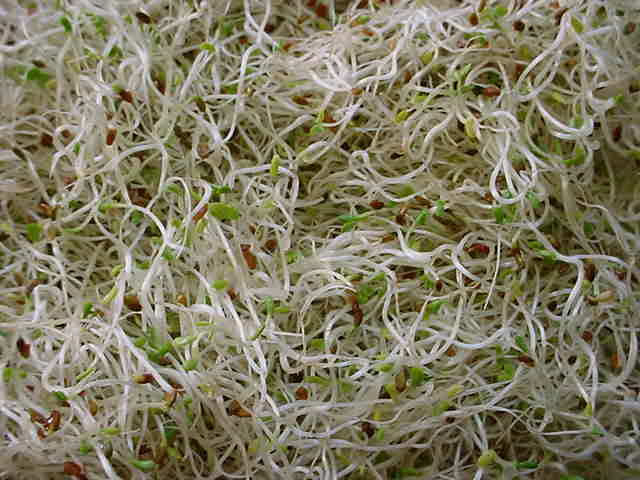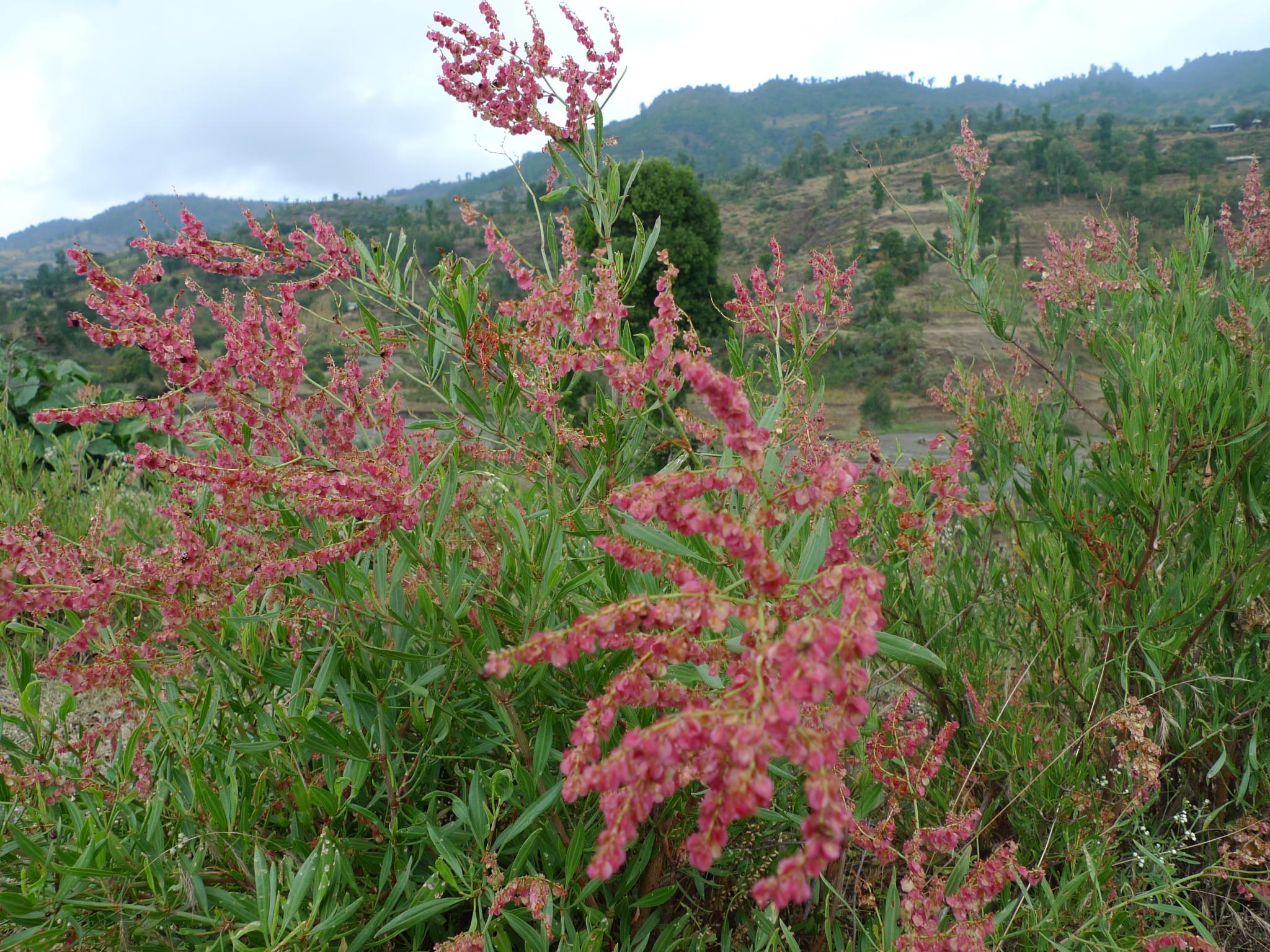|
Lycaena Cupreus
''Lycaena cuprea'', the lustrous copper, is a butterfly of the family Lycaenidae. It is found in the western mountains of North America.Lustrous Copper Butterflies of Canada The wingspan is 23–30 mm. Adults are on wing from mid-June to July or August. They feed on the nectar of '' Cirsium'', '' Medicago sativa'' and '' Melilotus'' species. The larvae feed on '' |
William Henry Edwards
William Henry Edwards (March 15, 1822 – April 2, 1909) was an American businessman and entomologist. He was an industrial pioneer in the coalfields of West Virginia, opening some of the earliest mines in the southern part of the state. He was also a prominent naturalist specializing in the study of butterflies. He wrote ''The Butterflies of North America'', a three-volume treatise that is highly regarded for its scholarship and the quality of its illustrations. Biography Edwards was born in Hunter, New York, a village that had been founded by his family just five years earlier and originally called Edwardsville. The son of William W. Edwards and Helen Ann (Mann) Edwards, he came from a prominent and successful American family. His father was a businessman involved in banking, insurance and European imports. His grandfather was Colonel William Edwards, founder of the family tannery business and inventor of several devices used in the manufacture of leather goods. His great-great ... [...More Info...] [...Related Items...] OR: [Wikipedia] [Google] [Baidu] |
Butterfly
Butterflies are insects in the macrolepidopteran clade Rhopalocera from the order Lepidoptera, which also includes moths. Adult butterflies have large, often brightly coloured wings, and conspicuous, fluttering flight. The group comprises the large superfamily Papilionoidea, which contains at least one former group, the skippers (formerly the superfamily "Hesperioidea"), and the most recent analyses suggest it also contains the moth-butterflies (formerly the superfamily "Hedyloidea"). Butterfly fossils date to the Paleocene, about 56 million years ago. Butterflies have a four-stage life cycle, as like most insects they undergo complete metamorphosis. Winged adults lay eggs on the food plant on which their larvae, known as caterpillars, will feed. The caterpillars grow, sometimes very rapidly, and when fully developed, pupate in a chrysalis. When metamorphosis is complete, the pupal skin splits, the adult insect climbs out, and after its wings have expanded and dried, it fli ... [...More Info...] [...Related Items...] OR: [Wikipedia] [Google] [Baidu] |
Lycaenidae
Lycaenidae is the second-largest family of butterflies (behind Nymphalidae, brush-footed butterflies), with over 6,000 species worldwide, whose members are also called gossamer-winged butterflies. They constitute about 30% of the known butterfly species. The family comprises seven subfamilies, including the blues ( Polyommatinae), the coppers ( Lycaeninae), the hairstreaks ( Theclinae), and the harvesters ( Miletinae). Description, food, and life cycle Adults are small, under 5 cm usually, and brightly coloured, sometimes with a metallic gloss. Larvae are often flattened rather than cylindrical, with glands that may produce secretions that attract and subdue ants. Their cuticles tend to be thickened. Some larvae are capable of producing vibrations and low sounds that are transmitted through the substrates they inhabit. They use these sounds to communicate with ants.Pierce, N. E.; Braby, M. F.; Heath, A.; Lohman, D. J.; Mathew, J.; Rand, D. B. & Travassos, M. A. (2002)"The ... [...More Info...] [...Related Items...] OR: [Wikipedia] [Google] [Baidu] |
Wingspan
The wingspan (or just span) of a bird or an airplane is the distance from one wingtip to the other wingtip. For example, the Boeing 777–200 has a wingspan of , and a wandering albatross (''Diomedea exulans'') caught in 1965 had a wingspan of , the official record for a living bird. The term wingspan, more technically extent, is also used for other winged animals such as pterosaurs, bats, insects, etc., and other aircraft such as ornithopters. In humans, the term wingspan also refers to the arm span, which is distance between the length from one end of an individual's arms (measured at the fingertips) to the other when raised parallel to the ground at shoulder height at a 90º angle. Former professional basketball player Manute Bol stood at and owned one of the largest wingspans at . Wingspan of aircraft The wingspan of an aircraft is always measured in a straight line, from wingtip to wingtip, independently of wing shape or sweep. Implications for aircraft design an ... [...More Info...] [...Related Items...] OR: [Wikipedia] [Google] [Baidu] |
Cirsium
''Cirsium'' is a genus of perennial and biennial flowering plants in the Asteraceae, one of several genera known commonly as thistles. They are more precisely known as plume thistles. These differ from other thistle genera ('' Carduus'', ''Silybum'' and '' Onopordum'') in having feathered hairs to their achenes. The other genera have a pappus of simple unbranched hairs. They are mostly native to Eurasia and northern Africa, with about 60 species from North America (although several species have been introduced outside their native ranges). Thistles are known for their effusive flower heads, usually purple, rose or pink, also yellow or white. The radially symmetrical disc flowers are at the end of the branches and are visited by many kinds of insects, featuring a generalised pollination syndrome. They have erect stems and prickly leaves, with a characteristic enlarged base of the flower which is commonly spiny. The leaves are alternate, and some species can be slightly hairy ... [...More Info...] [...Related Items...] OR: [Wikipedia] [Google] [Baidu] |
Medicago Sativa
Alfalfa () (''Medicago sativa''), also called lucerne, is a perennial flowering plant in the legume family Fabaceae. It is cultivated as an important forage crop in many countries around the world. It is used for grazing, hay, and silage, as well as a green manure and cover crop. The name alfalfa is used in North America. The name lucerne is the more commonly used name in the United Kingdom, South Africa, Australia, and New Zealand. The plant superficially resembles clover (a cousin in the same family), especially while young, when trifoliate leaves comprising round leaflets predominate. Later in maturity, leaflets are elongated. It has clusters of small purple flowers followed by fruits spiralled in 2 to 3 turns containing 10–20 seeds. Alfalfa is native to warmer temperate climates. It has been cultivated as livestock fodder since at least the era of the ancient Greeks and Romans. Etymology The word ''alfalfa'' is a Spanish modification of the Arabic word ''al-faṣfa� ... [...More Info...] [...Related Items...] OR: [Wikipedia] [Google] [Baidu] |
Melilotus
''Melilotus'', known as melilot, sweet clover, and kumoniga (from the Cumans),Bulgarian Folk Customs, Mercia MacDermott, pg 27 is a genus in the family Fabaceae (the same family that also includes the ''Trifolium'' clovers). Members are known as common grassland plants and as weeds of cultivated ground. Originally from Europe and Asia, it is now found worldwide. This legume is commonly named for its sweet smell, which is due to the presence of coumarin in its tissues. Coumarin, though responsible for the sweet smell of hay and newly mowed grass, has a bitter taste, and, as such, possibly acts as a means for the plant to discourage consumption by animals. Fungi (including ''Penicillium, Aspergillus, Fusarium'', and ''Mucor'') can convert coumarin into dicoumarol, a toxic anticoagulant. Consequently, dicoumarol may be found in decaying sweet-clover, and was the cause of the so-called sweet-clover disease, recognized in cattle in the 1920s. A few varieties of sweet clover ha ... [...More Info...] [...Related Items...] OR: [Wikipedia] [Google] [Baidu] |
Oxyria Digyna
''Oxyria digyna'' (mountain sorrel, wood sorrel, Alpine sorrel or Alpine mountain-sorrel) is a species of flowering plant in the buckwheat family (Polygonaceae).Sierra Nevada Wildflowers, Karen Wiese, 2nd ed., 2013, p. 108 It is native to arctic regions and mountainous parts of the Northern Hemisphere. Description Mountain sorrel is a perennial plant with a tough taproot; the plant grows to a height of . It grows in dense tufts, with stems that are usually unbranched and hairless. Both flowering stems and leaf stalks are somewhat reddish. The leaves are kidney-shaped, somewhat fleshy, on stalks from the basal part of the stem. Flowers are small, green and later reddish, and are grouped in an open upright cluster. The fruit is a small nut, encircled by a broad wing which finally turns red. Forming dense, red tufts, the plant is easily recognized. ''Oxyria digyna'' grows in wet places protected by snow in winter. ''Oxyria'' (from Greek) means "sour". Distribution and habitat Mounta ... [...More Info...] [...Related Items...] OR: [Wikipedia] [Google] [Baidu] |
Rumex
The docks and sorrels, genus ''Rumex'', are a genus of about 200 species of annual, biennial, and perennial herbs in the buckwheat family, Polygonaceae. Members of this genus are very common perennial herbs with a native almost worldwide distribution, and introduced species growing in the few places where the genus is not native. Some are nuisance weeds (and are sometimes called dockweed or dock weed), but some are grown for their edible leaves. ''Rumex'' species are used as food plants by the larvae of a number of Lepidoptera species, and are the only host plants of '' Lycaena rubidus.'' Description They are erect plants, usually with long taproots. The fleshy to leathery leaves form a basal rosette at the root. The basal leaves may be different from those near the inflorescence. They may or may not have stipules. Minor leaf veins occur. The leaf blade margins are entire or crenate. The usually inconspicuous flowers are carried above the leaves in clusters. The fertile f ... [...More Info...] [...Related Items...] OR: [Wikipedia] [Google] [Baidu] |
Lycaena
''Lycaena'' is a genus of butterflies. The genus range is Holarctic, with the exception of four species found in New Zealand, two in South Africa, one in New Guinea and one in Java. It is commonly divided into several subgenera, such as '' Antipodolycaena''. Many formerly independent genera are now subsumed within ''Lycaena''; the genus ''Gaiedes'' may also belong here. Many of the subgenera, species groups and species listed here may be synonyms. Species Listed alphabetically within groups: funet.fi Subgenus ''Tharsalea'' Scudder, 1876: *'''' (Boisduval, 1852) – tailed copper Subgenus ''Ch ... [...More Info...] [...Related Items...] OR: [Wikipedia] [Google] [Baidu] |
_male_in_flight.jpg)



